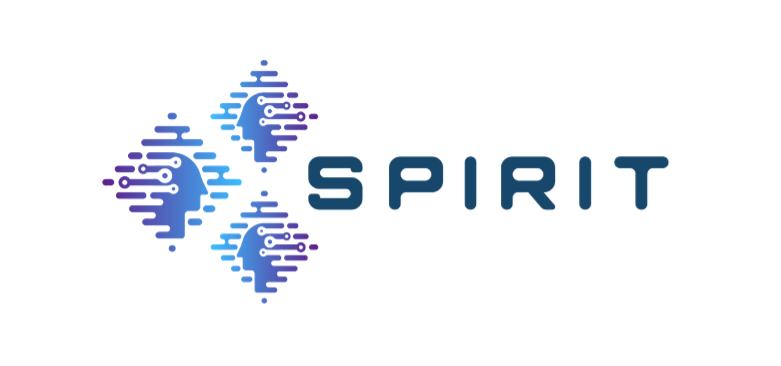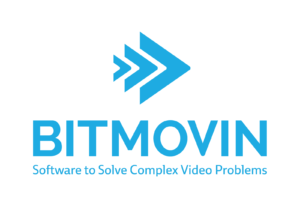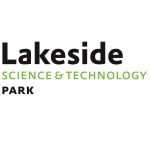Resolution vs Quantization: A Trade-Off for Hologram Compression
Ayman Alkhateeb∗, Hadi Amirpour∗,Christian Timmerer∗
Alpen-Adria-Universität , Klagenfurt, Austria
PCS 2025 Achen , German
Holographic imaging offers a path to true three-dimensional visualization for applications such as augmented andvirtual reality, but the immense data size of high-quality holo-grams prevents their practical adoption. This paper investigatesa pre-processing strategy to improve the compression of holo-graphic data using the High-Efficiency Video Coding (HEVC) standard. By downsampling the hologram before encoding andsubsequently upsampling it after decoding, we demonstrate thatit is possible to achieve better reconstruction quality at lowbitrates compared to encoding the full-resolution data. Thiscounterintuitive result basically comes from the reduction inspatial complexity, which allows the HEVC encoder to allocate more bits to preserving critical high-frequency information that would otherwise be lost. Although the hologram phase is highly sensitive to scaling,the overall perceptual quality improves at bitrates below 1 Bpp, with gains of approximately 0.1 in SSIM and 0.015 in VIF. Our work underscores a critical principle in holographic codec design: optimizing the trade-off between spatial complexity and quantization error is key to maximizing reconstruction quality, especially in bandwidth-constrained environments.














